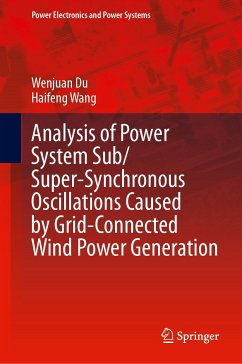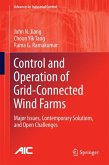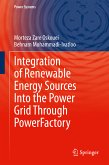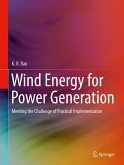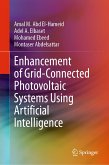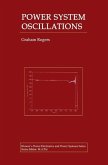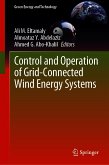This book provides a systematic introduction to power system sub/super-synchronous oscillations caused by grid-connected wind power generation. The authors look at why oscillations occur and present methods for examining the risk of oscillations. Coverage includes state-space and impedance model-based analyses, the two main methods for studying the power system sub/super-synchronous oscillations, and new methods for examining oscillations in wind farms.
Analysis of Power System Sub/Super-Synchronous Oscillations Caused by Grid-Connected Wind Power Generation provides researchers and students with a single-volume introduction. It is also a valuable professional reference for practicing engineers looking for solutions to oscillation problems.
Analysis of Power System Sub/Super-Synchronous Oscillations Caused by Grid-Connected Wind Power Generation provides researchers and students with a single-volume introduction. It is also a valuable professional reference for practicing engineers looking for solutions to oscillation problems.
- The first book to focus on power system sub/super-synchronous caused by grid-connected wind power generation;
- Provides a systematic introduction on the subject;
- Presents new methods to examine the oscillations.
Dieser Download kann aus rechtlichen Gründen nur mit Rechnungsadresse in A, B, BG, CY, CZ, D, DK, EW, E, FIN, F, GR, HR, H, IRL, I, LT, L, LR, M, NL, PL, P, R, S, SLO, SK ausgeliefert werden.

